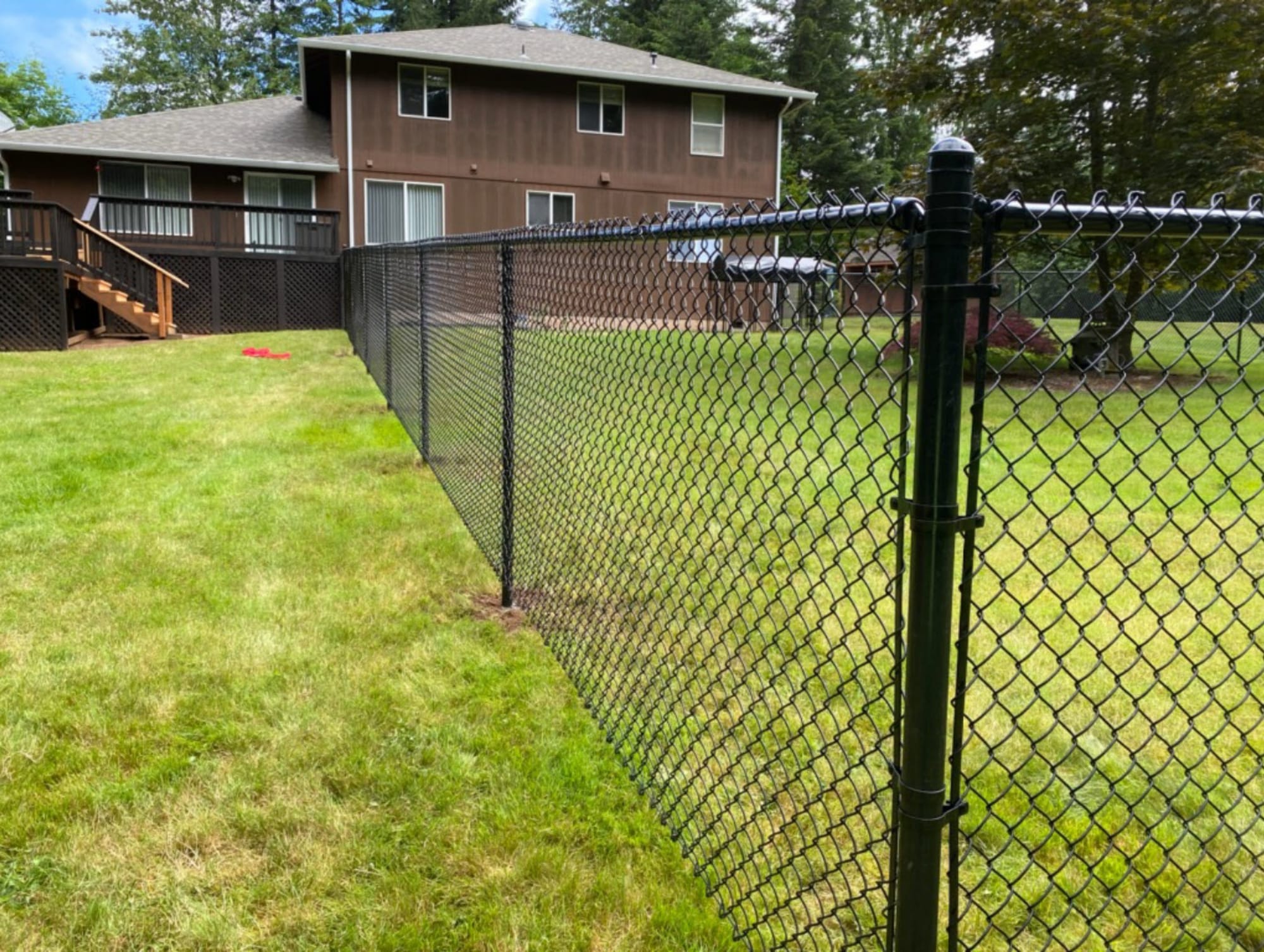All Categories
Featured
Setting up a fencing around your property can considerably improve its security, privacy, and aesthetic charm. However, before the setup process starts, it's important to properly prepare your property to ensure that everything goes efficiently. Preparing your property can assist stay clear of unanticipated delays, prices, or issues throughout the installation, ensuring a professional and hassle-free outcome. Here's a guide on how to prepare your residential property for fence installment.
In addition, check for any type of below ground barriers like lawn sprinkler systems, irrigation pipes, or utility lines. You can normally contact your neighborhood energy firm to mark the places of these below ground attributes to stop unintended damages throughout setup. It's always best to make sure the ground is complimentary from blockages prior to the professional begins digging.
![]()
![]()
Verdict. Preparing your residential property for fence installment is a critical action in the process that can save you time, money, and stress and anxiety. By recognizing local guidelines, marking building lines, getting rid of the installment location, and interacting with your neighbors, you can guarantee a successful and smooth setup. Taking the time to prepare properly will not only make the installment procedure much easier yet additionally cause an attractive, sturdy fencing that enhances your building for years to come.
- Inspect Local Regulations and Permits. Prior to starting the physical preparations, it's crucial to comprehend the regional laws surrounding fencing setup. You might require to obtain a license before setup or confirm with your Homeowners Association (HOA) if you live in a neighborhood with details guidelines.
- Mark Your Property Lines. Recognizing precisely where your residential property lines are is crucial to guarantee the fence is mounted appropriately. You do not want to unintentionally build component of your fence on your next-door neighbor's land, as this might lead to disagreements.
- Clear the Setup Area. Next off, you need to prepare the location where the fencing will certainly be mounted. These products can interfere with the fence installment process and might require additional labor or devices to eliminate, which could increase prices and time.
In addition, check for any type of below ground barriers like lawn sprinkler systems, irrigation pipes, or utility lines. You can normally contact your neighborhood energy firm to mark the places of these below ground attributes to stop unintended damages throughout setup. It's always best to make sure the ground is complimentary from blockages prior to the professional begins digging.

- Consider Gain Access To for Setup Equipment. Throughout the fencing setup procedure, hefty equipment such as miners, vehicles, or blog posts may need to access your home. Clearing up the path likewise helps to stay clear of damages to your lawn, landscape design, or any type of frameworks near the setup area.
- Communicate with Neighbors. If you're installing a fencing on or near the building line, it's well-mannered to notify your next-door neighbors concerning the task ahead of time. If you're functioning with a specialist, ask them to be conscious of your next-door neighbor's residential property during installment.
- Pick Your Fence Material and Style. Prior to installation starts, choose the kind of fencing product and design you want. There are various options to pick from, consisting of wood, plastic, light weight aluminum, chain-link, and wrought iron, each with its advantages and disadvantages. Consider your goals for the fencing-- whether it's personal privacy, protection, aesthetics, or low maintenance-- and just how each material matches your needs. In addition, make certain to connect your selection with the contractor so they can prepare as necessary, guaranteeing they have all the necessary materials available for a smooth setup.

- Prepare for the Last Touches. Once the fence is mounted, you may need to deal with some last touches. These can consist of staining or painting a wood fencing, including message caps, or guaranteeing evictions swing correctly. The installation team may require added time to make sure everything straightens as planned if you've decided for a decorative or customized layout. Once the installation is full to make sure every little thing fulfills your expectations., it's a great idea to inspect the fence.
Verdict. Preparing your residential property for fence installment is a critical action in the process that can save you time, money, and stress and anxiety. By recognizing local guidelines, marking building lines, getting rid of the installment location, and interacting with your neighbors, you can guarantee a successful and smooth setup. Taking the time to prepare properly will not only make the installment procedure much easier yet additionally cause an attractive, sturdy fencing that enhances your building for years to come.
Latest Posts
Top-Quality Auto Repair Locally - Trust Montclare’s Certified Professionals
Published Apr 19, 25
2 min read
Change Your Home with Quality Flooring Solutions
Published Apr 18, 25
1 min read
Full Circle Strategic Marketing - Boost Business Leads with Custom Marketing Solutions
Published Apr 18, 25
2 min read
More
Latest Posts
Top-Quality Auto Repair Locally - Trust Montclare’s Certified Professionals
Published Apr 19, 25
2 min read
Change Your Home with Quality Flooring Solutions
Published Apr 18, 25
1 min read
Full Circle Strategic Marketing - Boost Business Leads with Custom Marketing Solutions
Published Apr 18, 25
2 min read